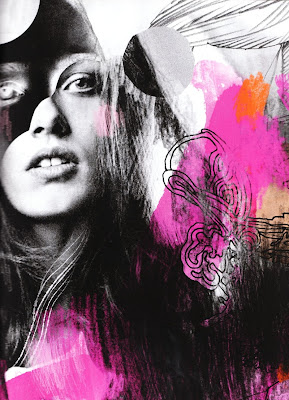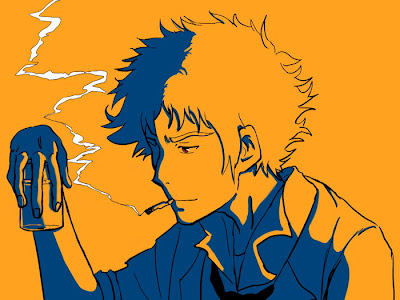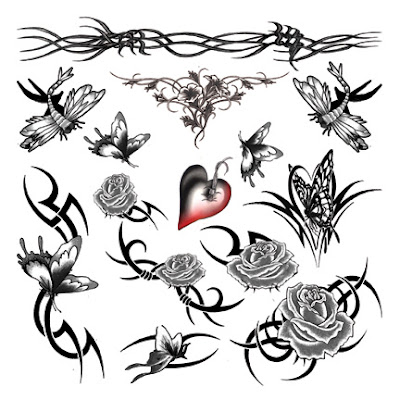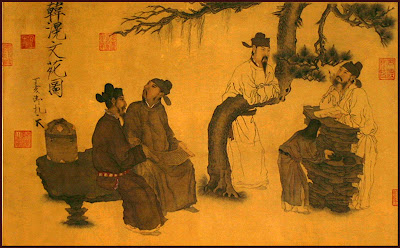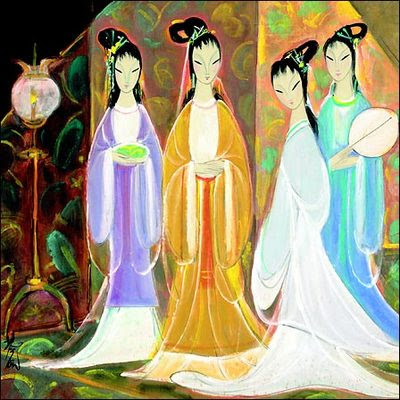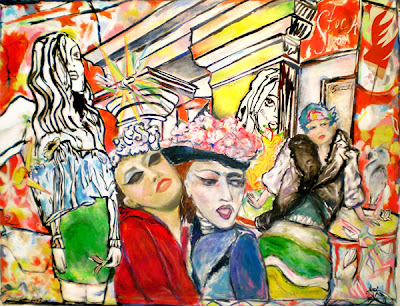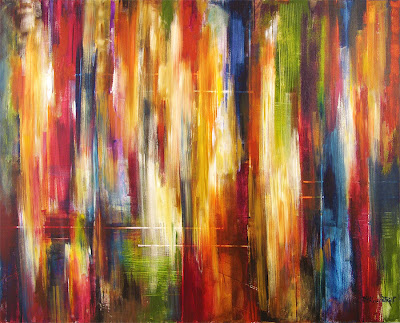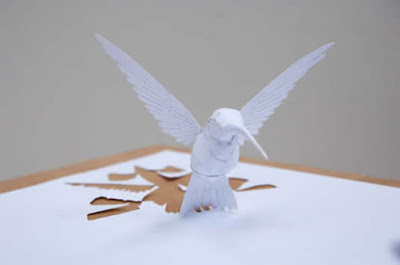The question of what constitutes "Art" with a capital T has been around for a long time. People pretty much agree that making a good cup of coffee is not an art but there is still a lot of dissent about certain modes of expression like writing, movie making and fashion. There is the idea that fashion cannot be an art because it evolved from sewing and tailoring which is a craft even though tailoring has been referred to as "architecture" and the draping of fabric across the body as being "sculptural". Many designers make references to art and artistic theories and concepts in their work yet are nevertheless relegated to the ranks of the frivolous where haute couture is viewed as the fetish of the financially well-to-do. And once haute couture and runway collections have been watered down for consumption by the general public then they are seen as nothing more than financial commodities and functional apparel in the marketplace.
Another reason why fashion is not considered to be art is because, as with film making, a number of people performing different functions take part in the creation of a garment, such as the designer, fabric producer, pattern cutter and seamstress to name but a few. Because designers often don't work alone to produce a garment, they don't fit with the traditional view of the artist as a solitary genius and are therefore not considered artists even though their vision of what the garment will look like is their own.
In short, there is no clear-cut answer as to whether fashion is Art or not because there are so many ways to interpret and use an individual garment. It can be seen as protection from the elements, an expression of belonging to a particular socio-cultural group, as a personal form of expression when it is worn, or in its purest sense, as the embodiment of the vision of its creator, the designer. Because fashion is so fluid and open to interpretation, it fits in with the theories of many disciplines and forms of expression, of which Art is only one.





